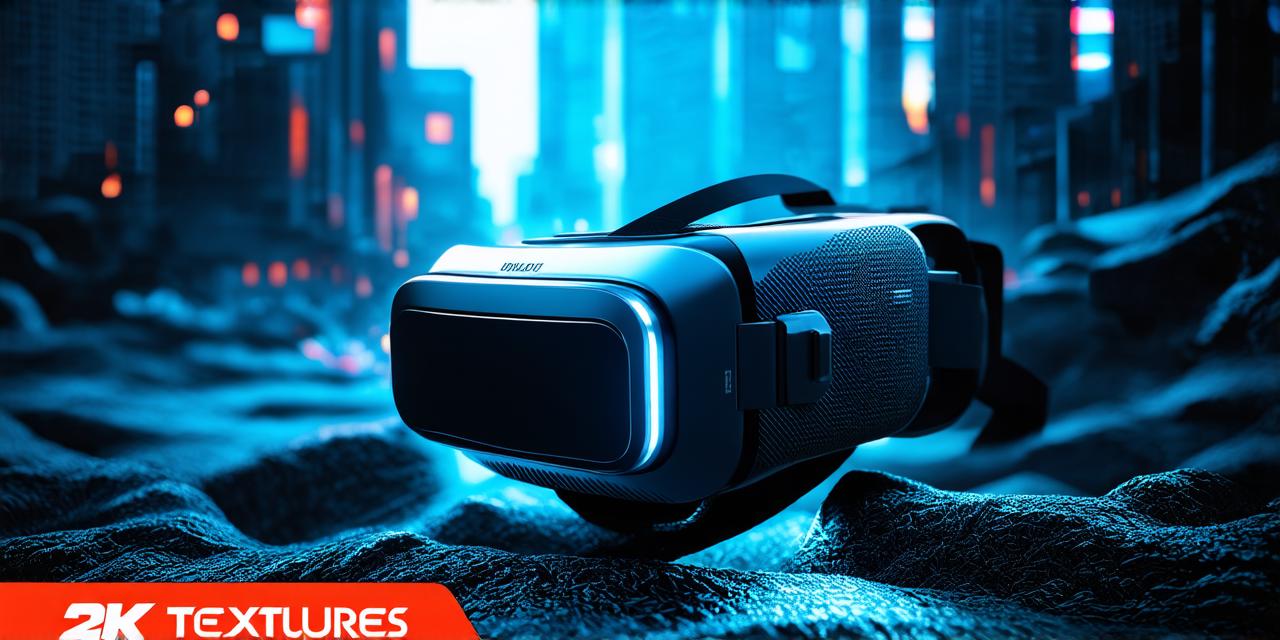Virtual reality (VR) is an emerging technology that allows users to experience immersive and interactive environments.
The VR industry has grown rapidly in recent years, with more people and businesses exploring its potential. As a result, there are now many VR development platforms available for creating immersive experiences.
Unity
Unity
is one of the most popular VR development platforms, with a large user base and a wide range of tools and resources available.
Unity
supports both 2D and 3D development, and has built-in support for VR platforms such as Oculus, HTC Vive, and PlayStation VR.
One of the key features of
Unity
is its cross-platform capabilities. This means that you can create an immersive experience on one platform and then easily port it to another platform with minimal changes. This is particularly useful for businesses that want to reach a wide audience and don’t want to have to develop separate experiences for each platform.
Another advantage of
Unity
is its large community of developers, which means there are many resources available online to help you get started. Additionally,
Unity
has a built-in physics engine, which makes it easy to create realistic and interactive environments.
Case Study: A VR Tour Guide for Museums
The British Museum in London recently launched a virtual reality tour guide that allows visitors to explore the museum’s exhibits in an immersive way. The tour was created using
Unity
and provides an interactive experience that allows visitors to learn more about the exhibits and their history.
One of the key features of the tour is its use of VR technology to create an immersive environment. Visitors wear a VR headset and can explore the museum’s exhibits in 3D. Additionally, the tour includes interactive elements such as quizzes and games that help visitors learn more about the exhibits.
Unreal Engine
Unreal Engine
is another popular VR development platform that supports both 2D and 3D development. It has built-in support for VR platforms such as Oculus, HTC Vive, and PlayStation VR, and is widely used in the gaming industry.
One of the key features of
Unreal Engine
is its use of blueprints, which are visual programming tools that make it easy to create complex interactions and animations. Additionally,
Unreal Engine
has a powerful physics engine that can be used to create realistic and interactive environments.
Case Study: A VR Training Experience for Medical Professionals
The Mayo Clinic recently launched a virtual reality training experience for medical professionals that allows them to practice surgical procedures in a safe and controlled environment. The training was created using
Unreal Engine
and provides an immersive experience that allows medical professionals to learn and improve their skills without risking patient safety.
One of the key features of the training is its use of VR technology to create an immersive environment. Medical professionals wear a VR headset and can practice surgical procedures in a 3D space. Additionally, the training includes real-time feedback from instructors, which allows medical professionals to receive immediate feedback on their performance.
Harmony
Harmony
is a relatively new VR development platform that was created specifically for creating immersive experiences in social spaces. It supports both 2D and 3D development and has built-in support for VR platforms such as Oculus and HTC Vive.
One of the key features of
Harmony
is its social focus. The platform allows users to create and share immersive experiences with others, which makes it particularly useful for businesses that want to engage with their customers in a new and interactive way. Additionally,
Harmony
has a built-in social network that allows users to connect with other creators and discover new experiences.
랑
